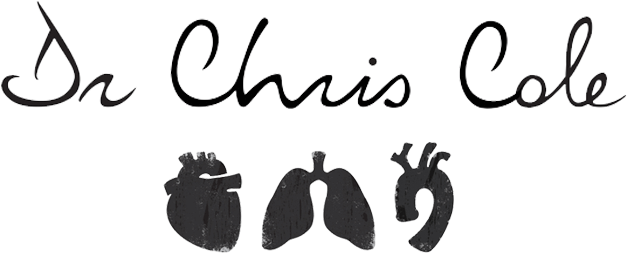2018 CTS Trainees Meeting
Trial Written Exam
1 hour
A 69 year-old woman, a passenger in a motor vehicle, becomes suddenly and acutely unwell. The driver stops, removes her from the vehicle and places her on the pavement. She has obviously arrested. A Good Samaritan, from the neighborhood, performs CPR and an ambulance is summoned.
On arrival at hospital she is conscious and responding to command.
You have been asked to review the same patient a little later in ICU. You find she is now intubated, spontaneously ventilating, but with unstable hemodynamics. A CT scan of chest, abdomen and pelvis, performed before you arrive, reveals an extensive aortic dissection involving the entire aorta and terminating in the pelvic vessels. A pericardial collection is also demonstrated
a) What factors do you consider in deciding whether or not to operate on this patient?
b) Discuss pathophysiology and aetiology of acute aortic dissection.
c) You decide to operate. Describe the operative approaches and surgical repair options available. Include in your answer the advantages and disadvantages of each method.
d) Discuss the short-term and long-term complications of surgery and possible therapies where available.
e) Describe the optimal after-care and follow-up.
